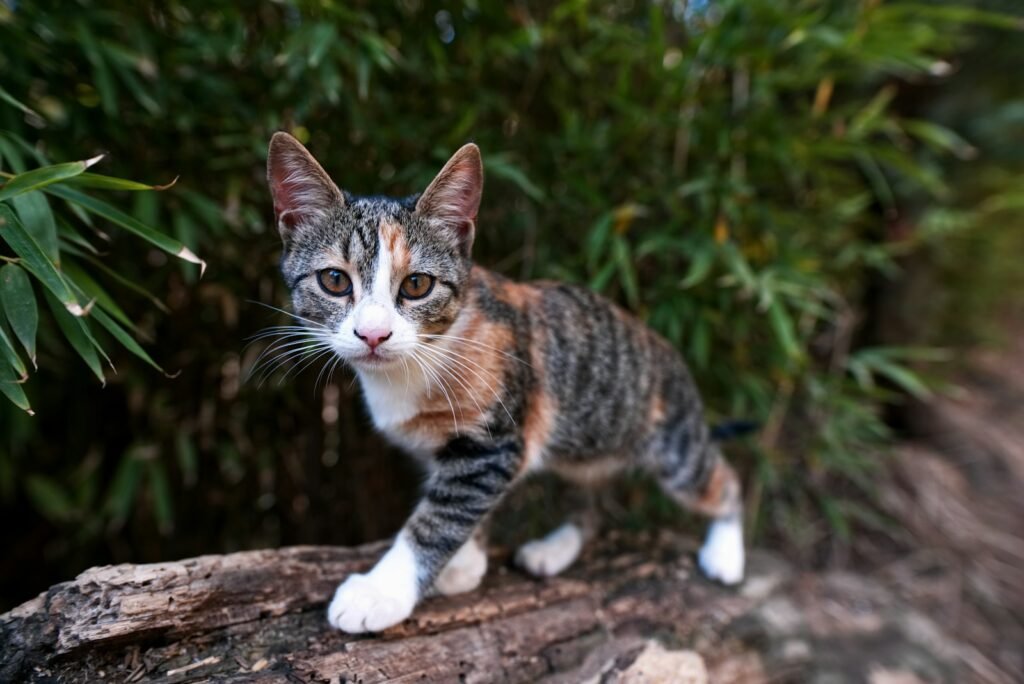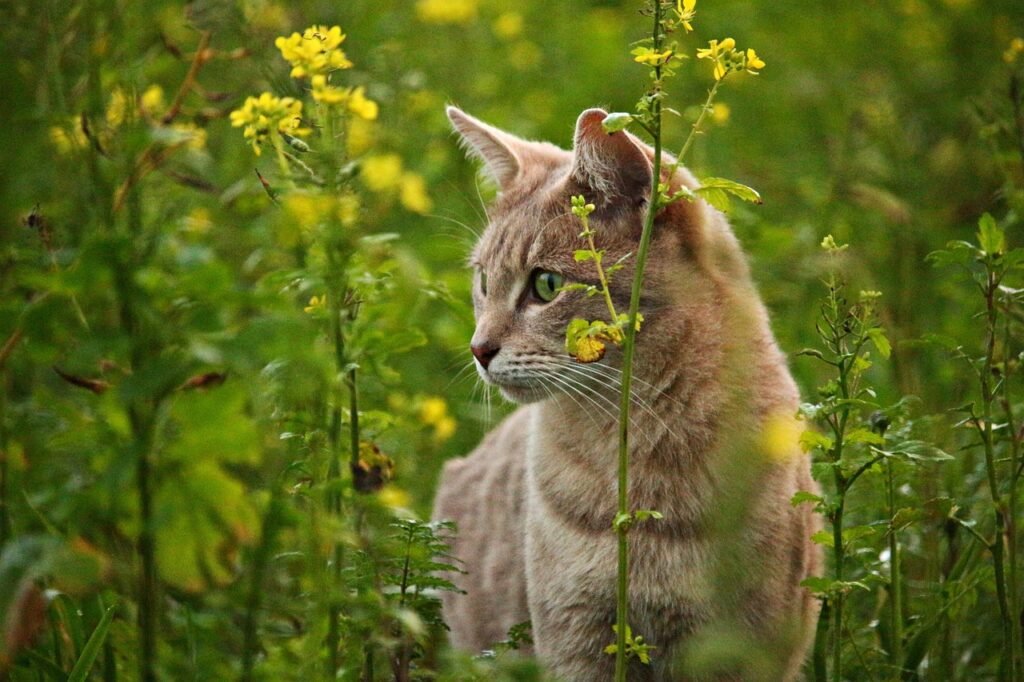Cats possess an array of finely-tuned senses that allow them to detect subtle changes in their environment. These abilities are crucial for their survival in the wild and have fascinating implications for domesticated felines that intrigue pet owners and scientists alike. In this article, we’ll delve deep into these remarkable competencies.
Acute Sense of Smell

A cat’s sense of smell is approximately 14 times stronger than that of a human. They rely on olfactory signals to navigate and interpret their surroundings. Tiny scent molecules convey messages about food, the presence of other animals, and changes in the household—like a new piece of furniture or the presence of strangers. This ability to detect even the faintest of odors plays a pivotal role in their environmental awareness.
Whiskers as Environmental Sensors

Cats use their whiskers, or vibrissae, as extensions of their tactile senses. Unlike human hair, whiskers are deeply embedded and have a direct connection to the nervous system. They can detect minute changes in air currents, which helps cats understand the size, shape, and movement of objects around them. This aids in navigation and hunting, particularly in low-light conditions.
Exceptional Vision in Low Light

While cats do not have the ability to see in complete darkness, their eyes are highly adapted for low-light environments. A reflective layer behind the retina, known as the tapetum lucidum, enhances their vision by reflecting light through the retina a second time. This makes them adept at detecting movement and changes in their environment during dawn and dusk, the natural time for predator activity.
Subtle Hearing Abilities

Cats have a remarkable range of hearing, detecting frequencies from 48 Hz to 85 kHz, which far exceeds human capabilities. This acute hearing allows them to pick up on ultrasonic sounds emitted by small prey and understand subtle auditory changes in their environment. Their highly movable ears can pinpoint the direction of a sound, assisting in their hunting prowess and environmental awareness.
Sensitivity to Vibrations

Cats are incredibly sensitive to vibrations, often detecting ones that humans cannot feel. This ability, sometimes referred to as “seismic sensitivity,” might explain why some cats seem to predict natural disasters such as earthquakes. However, scientific evidence on this topic is still being explored, and more data is needed to fully understand how they perceive such low-frequency vibrations.
Behavioral Responses to Environmental Changes

Cats often display keen instincts when their environment changes, even in imperceptible ways. For instance, if a door is open when it is usually closed, a cat might hesitate or thoroughly investigate the new opening. Such responses are part of their natural curiosity and cautious approach to novel stimuli, ensuring they remain aware and safe.
The Role of Memory and Learning

Cats possess excellent memories, particularly when it comes to mapping their environment. This spatial memory helps them navigate their territory and recognize even minute changes. They can remember locations of potential danger, sources of food or shelter, and changes in the routine layout of their territory. Learning and memory complement their sharp sensory input to create a comprehensive understanding of their surroundings.
Communication Through The Flehmen Response

When a cat curls back its lips and opens its mouth, it may be engaging in the Flehmen response. This behavior allows cats to process pheromones and other chemical signals in the environment through a specialized olfactory system known as the vomeronasal organ. By analyzing these chemical cues, cats gain insight into the presence and conditions of other animals, potential mates, or territorial boundaries.
Impact of Habitual Environment on Detection Abilities

Continuous exposure to a stable environment can heighten a cat’s ability to notice slight alterations. In a familiar setting, a cat’s heightened senses are finely attuned to detect any disruption in their habitual routines or immediate surroundings. This is why cats might react strongly to minor changes that humans could easily overlook.
The Influence of Evolutionary Adaptation

The culmination of a cat’s remarkable sensory capabilities is a result of evolutionary adaptation. As both predators and prey in the wild, the ability to detect subtle changes in their environment is vital for hunting and avoiding danger. These adaptations, though unnecessary for domestic cats today, remain a defining characteristic of their behavior and capabilities.
Cats continue to fascinate us with their complex and often mysterious ability to sense changes in their environment. Through their sharp senses and keen instincts, they exemplify survival techniques that have been honed over millennia, reminding us of the delicate balance between anatomy, evolution, and behavior.

Growing up traveling and experiencing new cultures and wonders, I have had a passion for nature, adventuring, photography, and videography. I am currently working towards a BSc in Biodiversity and Ecology at Stellenbosch University, and I hope to specialise in Marine Sciences one day.
Please send any feedback to Feedback@animalsaroundtheglobe.com






